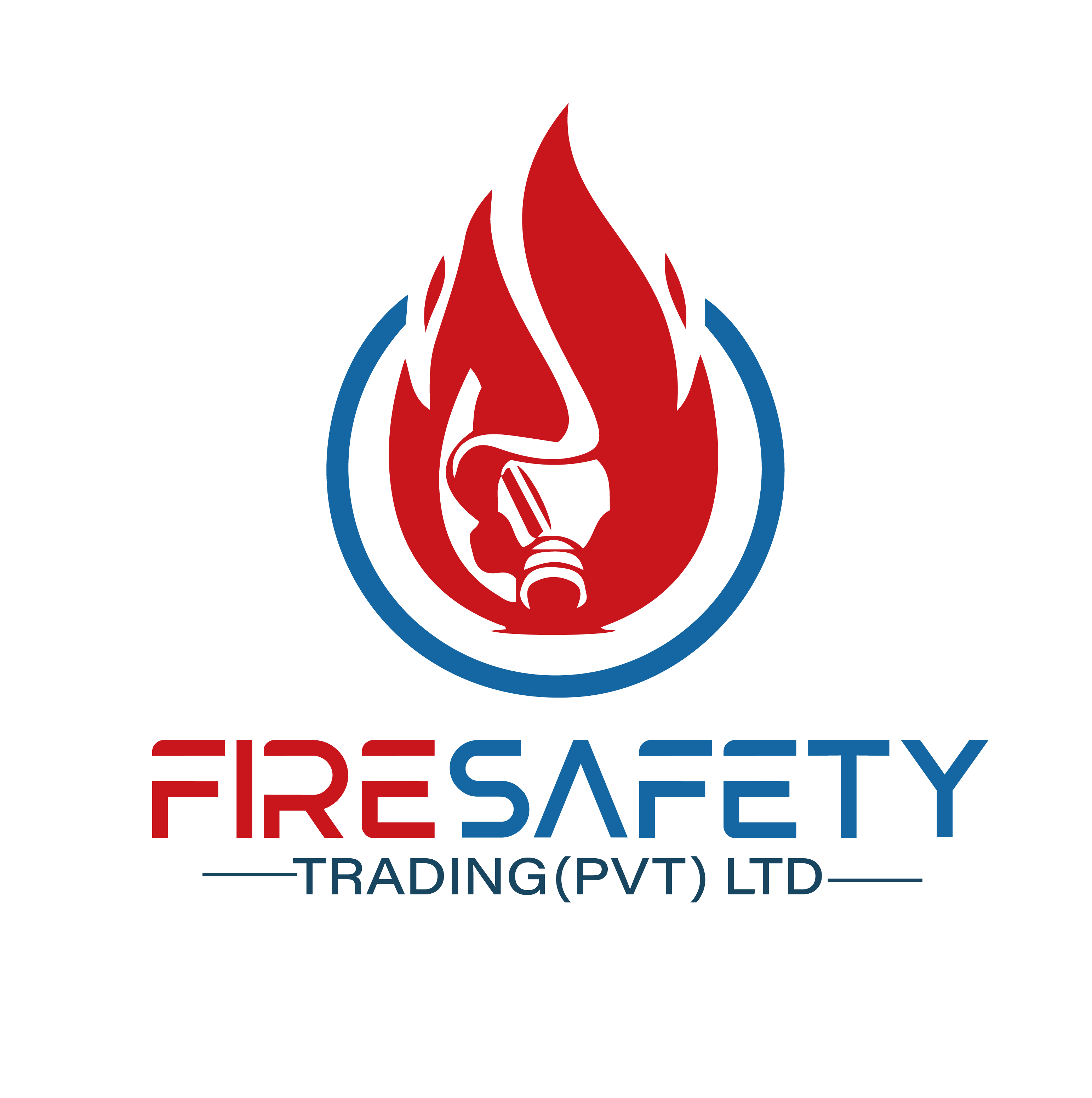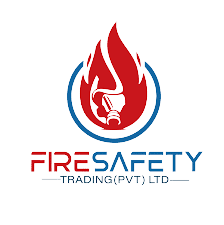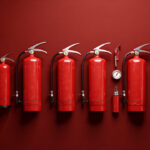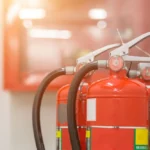Using a fire extinguisher at the right time can save lives, protect property, and prevent a small flame from turning into a disaster. But many people freeze during emergencies because they don’t know the correct steps. Learning how to operate a fire extinguisher properly ensures you stay calm, confident, and safe whenever a fire breaks out.
Fire extinguishers are designed to be simple, but correct usage is extremely important. Every office, home, shop, and industrial site in Pakistan should train staff to react fast and handle emergencies with proper technique. This guide explains each step clearly so anyone can learn how to control a small fire before it grows.
Understanding When to Use a Fire Extinguisher
Fire extinguishers are meant only for small and controlled fires. If the fire is spreading quickly, producing thick smoke, or blocking your exit, it is safer to evacuate immediately and call Rescue 1122. Also, never use an extinguisher if you are unsure what type of fire you are dealing with. Using the wrong extinguisher can make the fire worse.
When a fire is small, new, and easy to reach, you can attempt to extinguish it only if you have a clear escape route behind you.
Know the PASS Method Before an Emergency
Before touching an extinguisher, remember the globally accepted four step PASS method. This simple technique helps you operate the extinguisher correctly even under stress.
The first step is to pull the safety pin. This pin keeps the extinguisher locked and prevents accidental discharge. When you pull it out, the extinguisher becomes ready for use.
The second step is to aim the nozzle. Always point it toward the base of the fire, not the flames. Fires burn from the fuel source, so targeting the bottom is what actually reduces the flames.
The third step is to squeeze the handle. This releases the extinguishing agent with full pressure. Maintain a firm grip and be prepared for the force.
The final step is to sweep the extinguisher from side to side. Move your hand smoothly across the fire’s base until the flames disappear completely.
Step by Step Instructions for Safe Use
When facing a fire, your safety is the first priority. Start by evaluating the situation. Make sure the fire is small, controllable, and not approaching gas cylinders, chemicals, or electrical panels. If it looks dangerous, leave the area immediately.
Once you decide to use the extinguisher, keep your back toward the exit so you always have a clear path to escape. Hold the extinguisher upright and stand at a safe distance usually around six to eight feet.
Begin with the PASS method. Pull the pin firmly. Aim at the fire’s base. Squeeze the handle slowly and steadily. Sweep the jet across the line of fire. Continue until the flame is completely out. If the fire restarts, repeat the process carefully.
After the fire is out, stay alert. Fires sometimes reignite silently. Watch the area for a few minutes and call emergency services to inspect the site if necessary.
Choosing the Right Type of Extinguisher
A fire extinguisher only works if it matches the fire type. In Pakistan, the most common categories include Class A (wood, paper), Class B (oil, petrol), Class C (electrical), Class D (metals), and Class K (cooking oil). The popular ABC dry chemical extinguisher works for most office and home fires, but some environments like kitchens or industrial sites require special types.
Always check the extinguisher label before use. If it is not meant for the type of fire you are facing, using it can increase the danger. Offices should place different extinguisher types in relevant areas and clearly label emergency equipment.
Maintaining and Inspecting Fire Extinguishers
Correct use is important, but so is regular maintenance. A fire extinguisher that has low pressure, a damaged pin, or expired chemical agents will not work during an emergency. Every office and building should inspect their extinguishers monthly. Check the pressure gauge, ensure the hose is not cracked, and confirm the safety pin is still intact.
Yearly professional servicing keeps the extinguishers reliable. If the equipment is used even once, even for testing, it should be refilled or replaced immediately.
Training Employees for Real Emergencies
Even the best fire safety equipment is useless without trained people. Offices, factories, schools, and shops should conduct safety drills and hands on training regularly. Staff should know the extinguisher locations, alarm points, evacuation routes, and emergency contacts.
Training creates confidence. When people know exactly what to do, they act faster and avoid panic.
Final Thoughts
Using a fire extinguisher correctly can prevent major damage and save lives. The key is to stay calm, follow the PASS method, and always put safety first. Keep extinguishers well maintained, choose the right types, and ensure everyone in your home or office knows how to use them. A few minutes of training today can make a life saving difference in an emergency.





